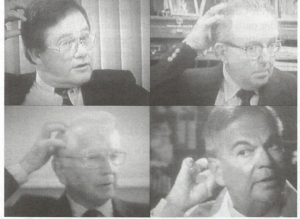One or Multiple Assassins?
The FBI Report of December 9, 1963 concluded that Lee Harvey Oswald, acting alone, fired his rifle three times from his perch through an open window on the sixth floor of the Book Depository Building. All shots, the Report said, were from behind the President. That Report further stated that:
1. The first shot hit the President in the back
2. The second shot hit Governor Connelly in his back 1.08 seconds later.
3. The third shot hit President Kennedy in the back of the head.
However, during repeated reenactments, expert riflemen could not fire Oswald’s Italian made bolt-action carbine a second time within the 1.08 time frame demanded by the second shot. (As shown in the Zapruder film.)
Therefore, since Oswald could not have fired the shot that hit Governor Connelly, there had to be more than one assassin in Daeley Plaza on November 22, 1963.
But that conclusion did not fit the one reached by the FBI Report that Lee Harvey Oswald acted alone. So, the Warren Commission proposed a different scenario in support the lone gunman declaration in the FBI Report.
The Warren Commission staff suggested that the bullet that hit President Kennedy in the back, exited his body through his throat. Then, that same bullet entered the back of Governor Connelly, exited, and hit his wrist, exited and lodged in his thigh. (see illustration below) At the time, critics called this the ‘magic bullet’ theory.
However, during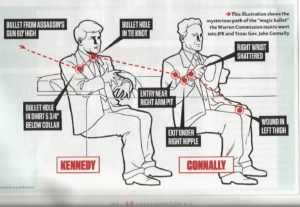 the autopsy conducted at Bethesda Naval Hospital in Washington D.C., the physicians described a different scenario. They reported that a bullet had entered the President’s back five and one/half inches below his collar and two inches to the right of his spine.Further, they reported that the projectile penetrated his body at a 60 degree angle to the depth of two inches. And, they also concluded in their autopsy report, that this bullet did not exit his body.
the autopsy conducted at Bethesda Naval Hospital in Washington D.C., the physicians described a different scenario. They reported that a bullet had entered the President’s back five and one/half inches below his collar and two inches to the right of his spine.Further, they reported that the projectile penetrated his body at a 60 degree angle to the depth of two inches. And, they also concluded in their autopsy report, that this bullet did not exit his body.
Therefore, we must conclude that the bullet that hit President Kennedy in the back could not have caused the wounds to Governor Connelly.
So,we must also conclude that there had to be more than one assassin in Daeley Plaza on November 22, 1963.

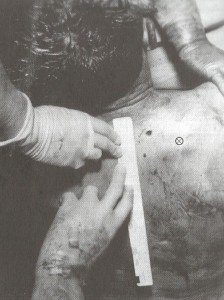
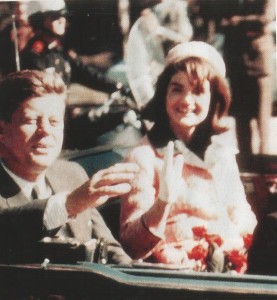
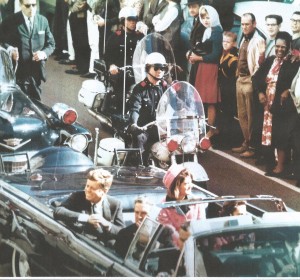
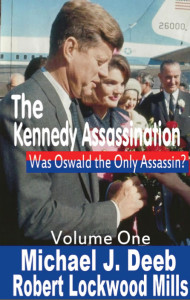
 the autopsy conducted at Bethesda Naval Hospital in Washington D.C., the physicians described a different scenario. They reported that a bullet had entered the President’s back five and one/half inches below his collar and two inches to the right of his spine.Further, they reported that the projectile penetrated his body at a 60 degree angle to the depth of two inches. And, they also concluded in their autopsy report, that this bullet did not exit his body.
the autopsy conducted at Bethesda Naval Hospital in Washington D.C., the physicians described a different scenario. They reported that a bullet had entered the President’s back five and one/half inches below his collar and two inches to the right of his spine.Further, they reported that the projectile penetrated his body at a 60 degree angle to the depth of two inches. And, they also concluded in their autopsy report, that this bullet did not exit his body.